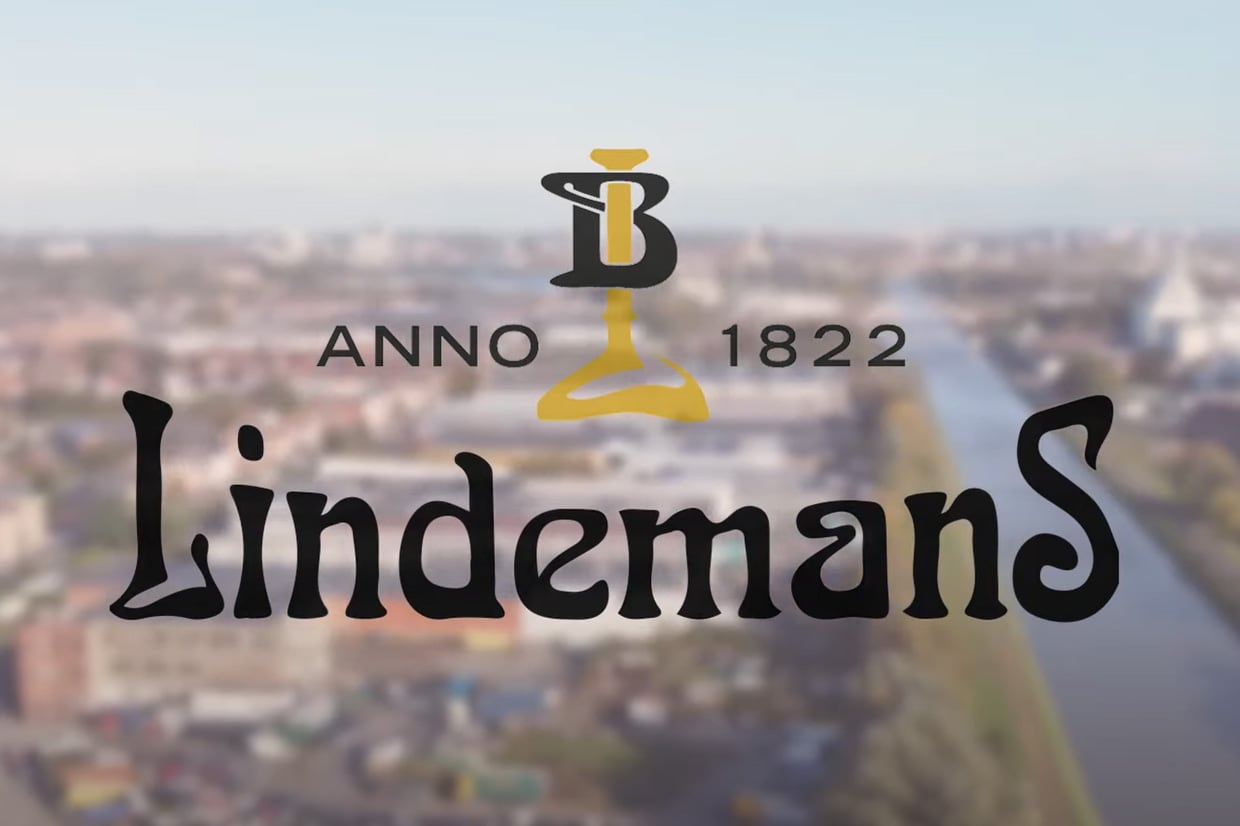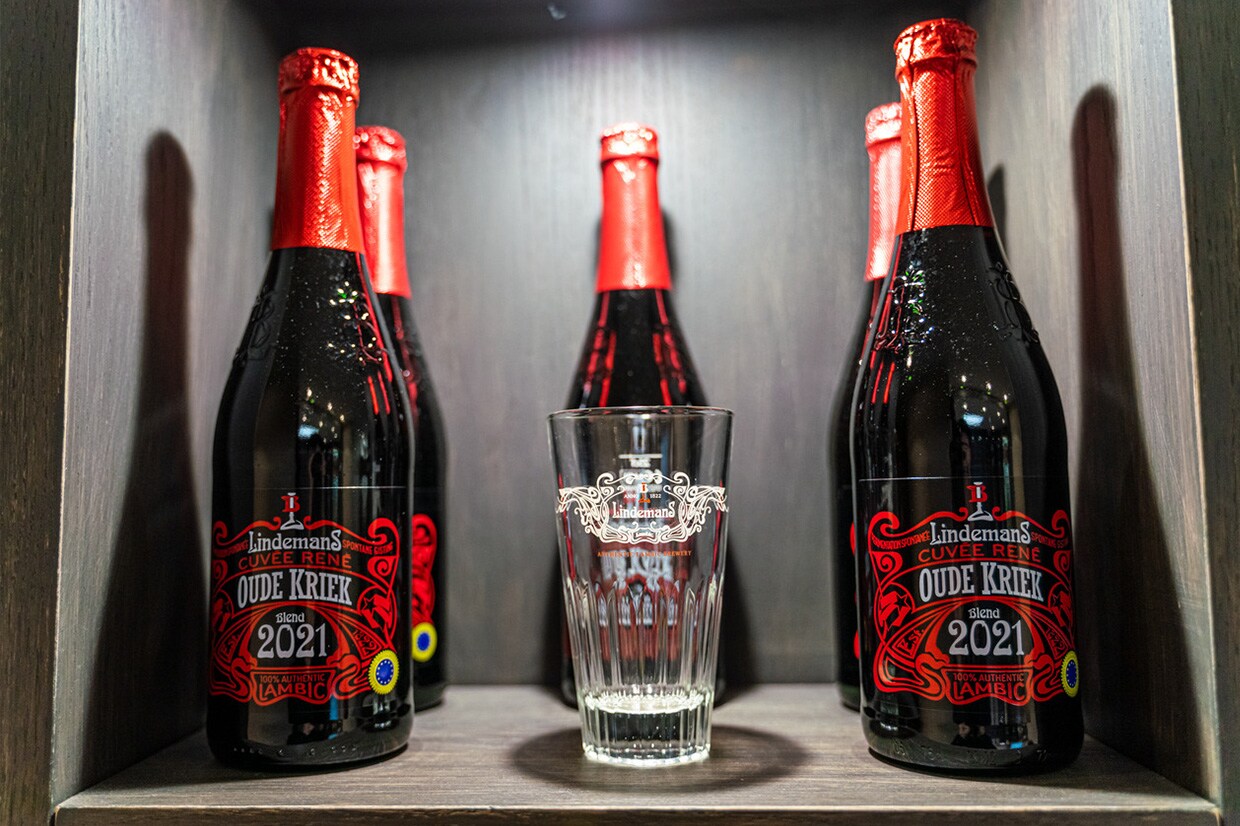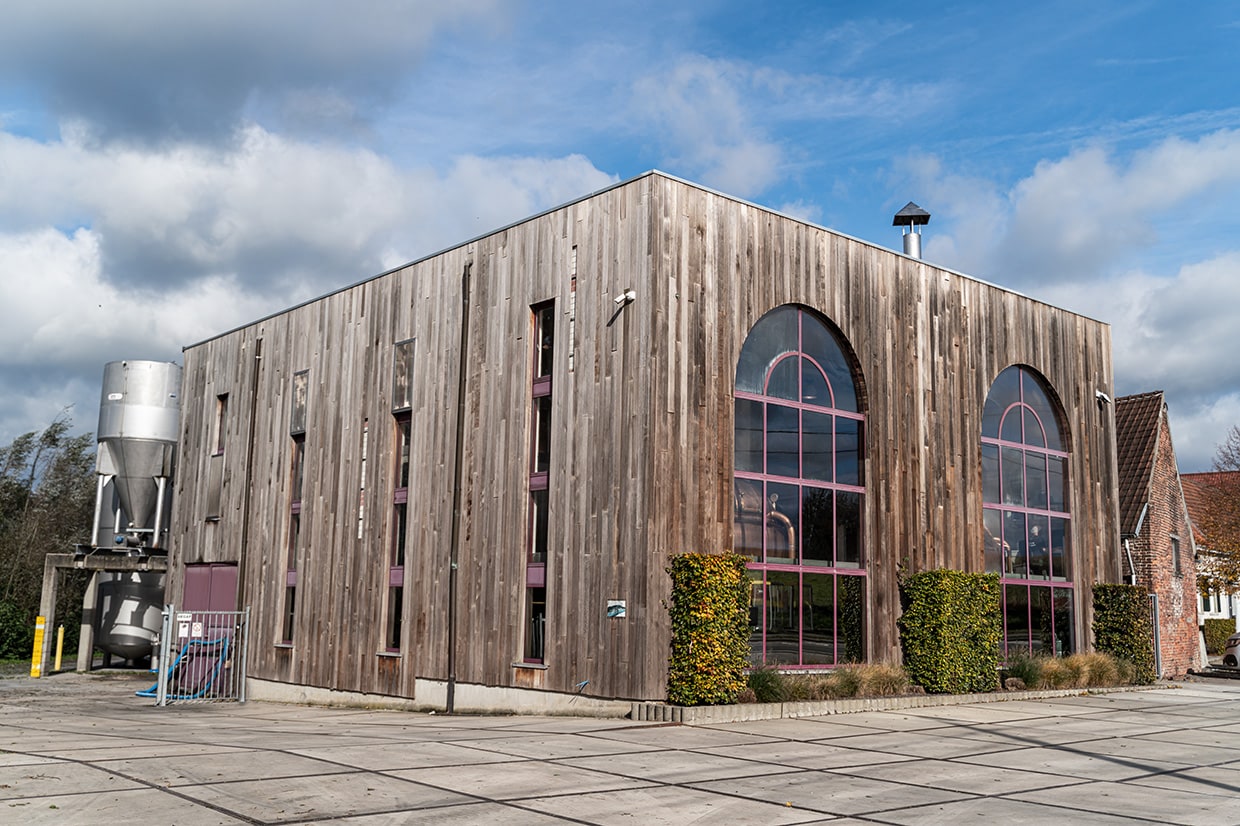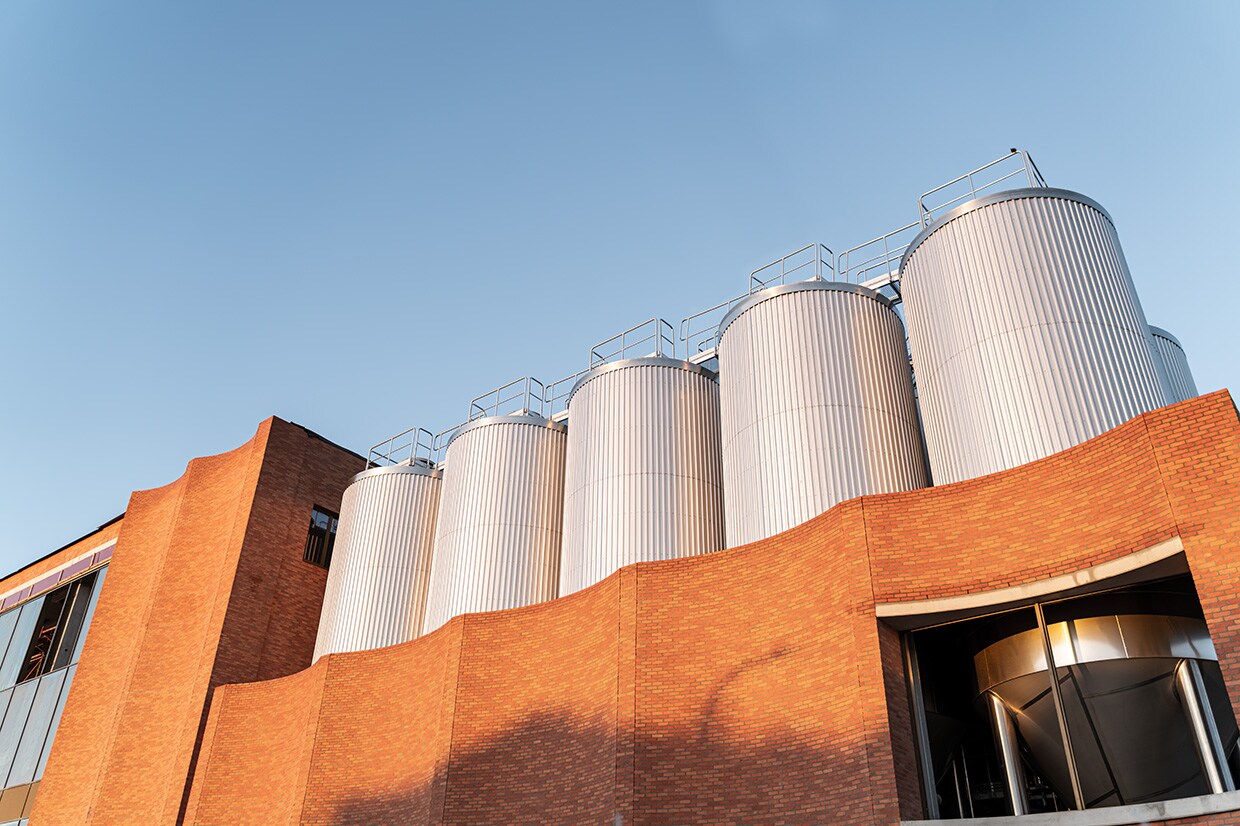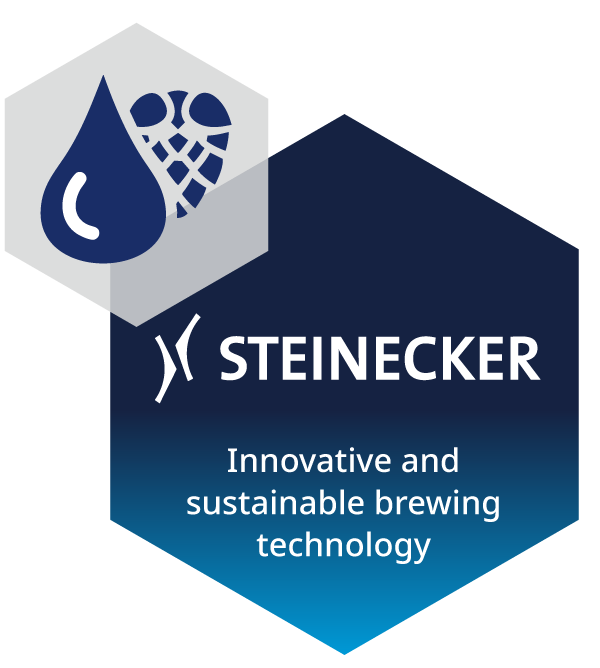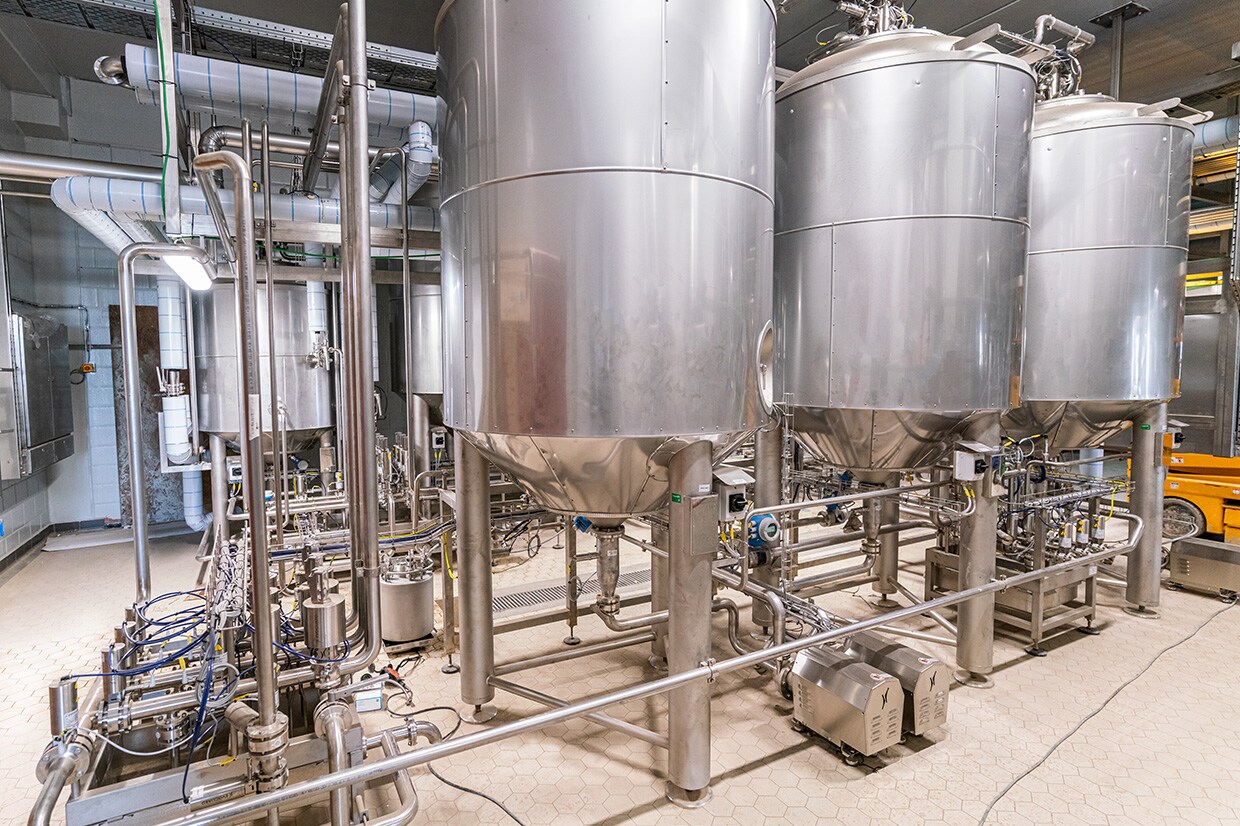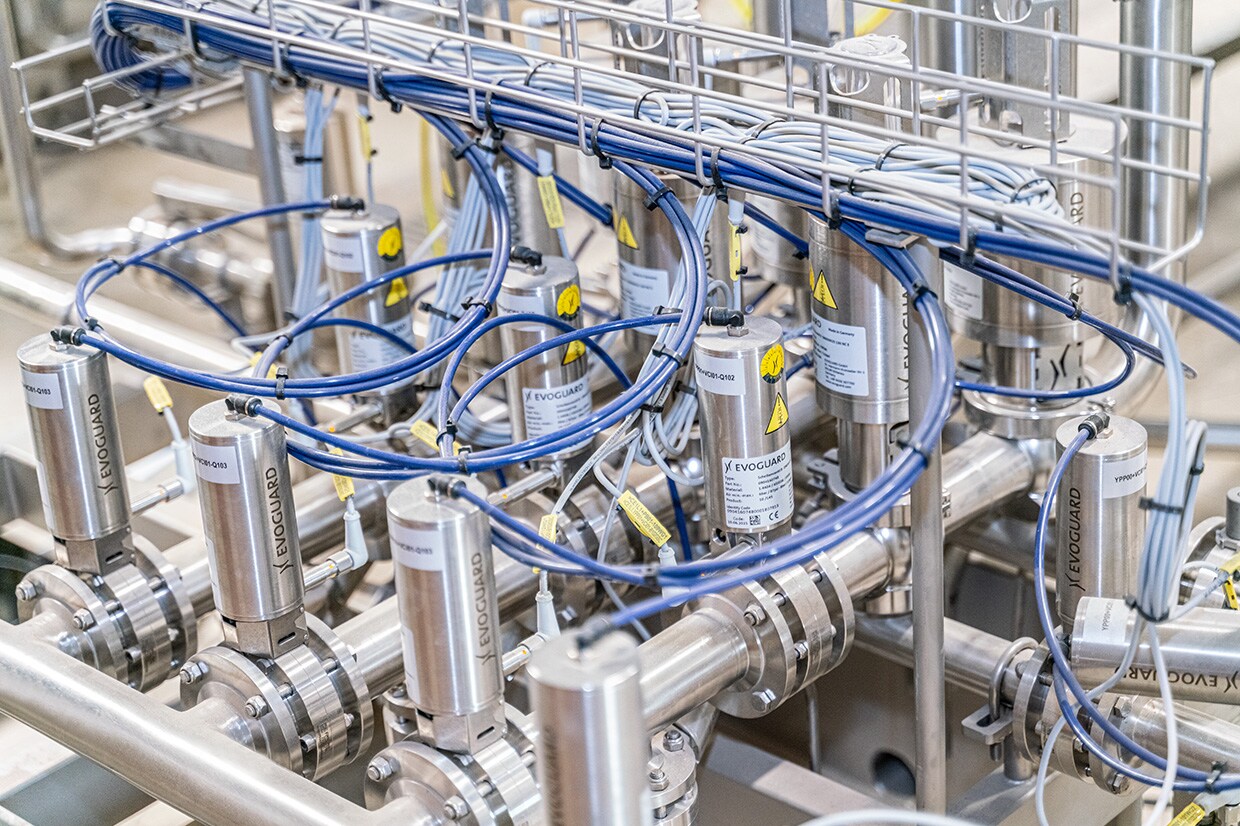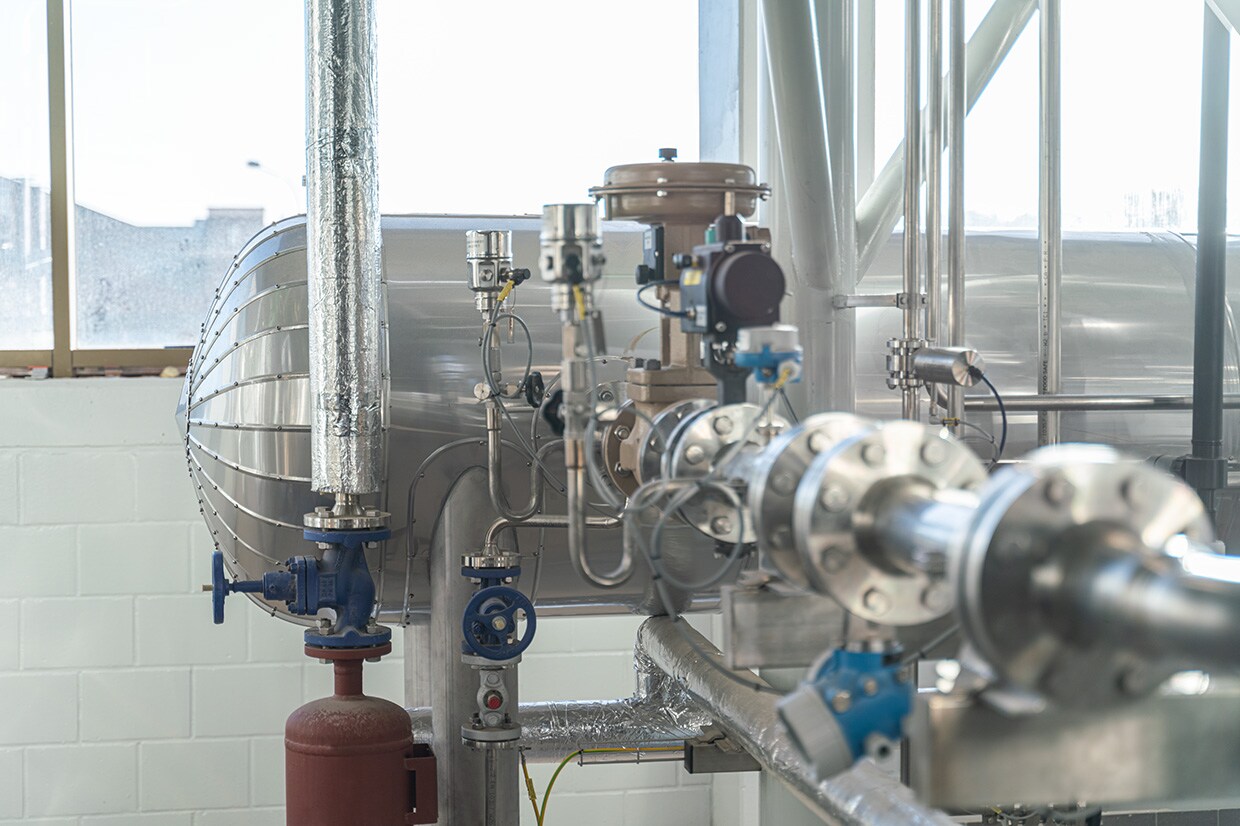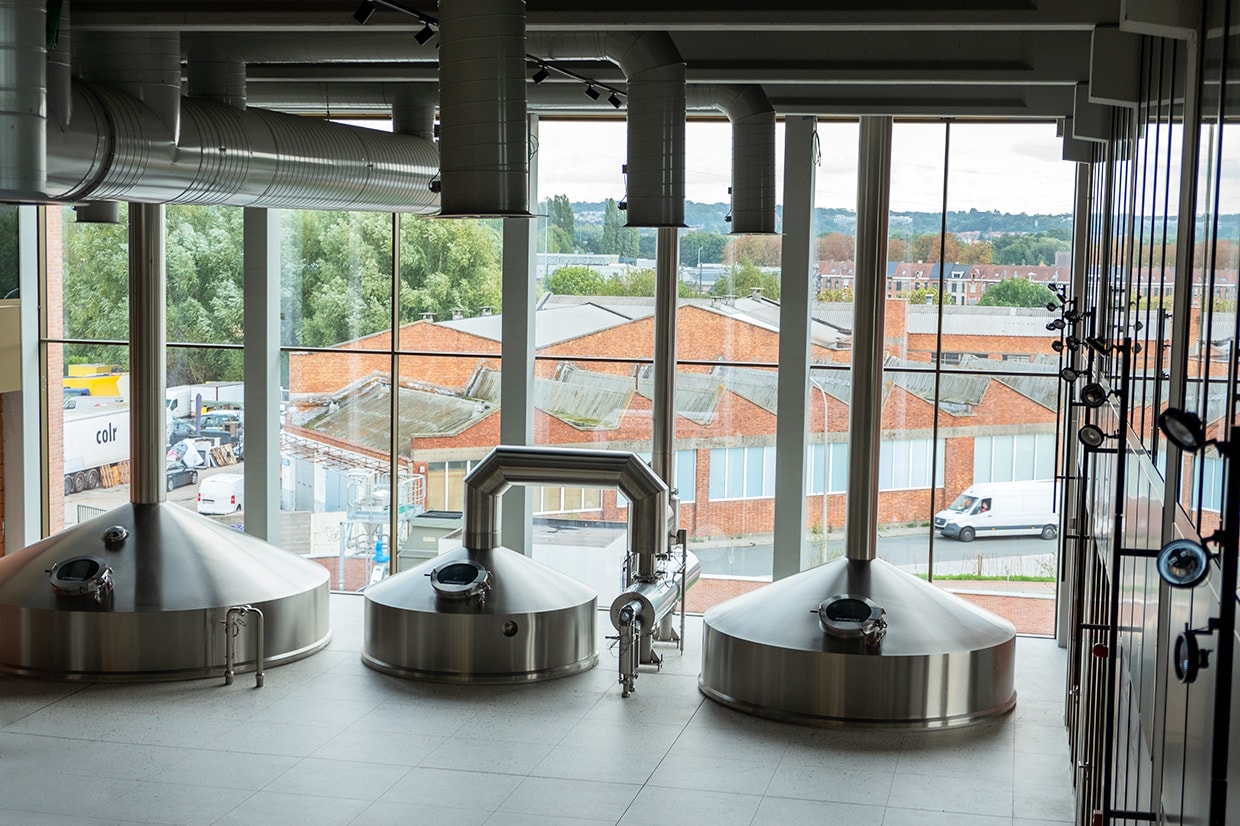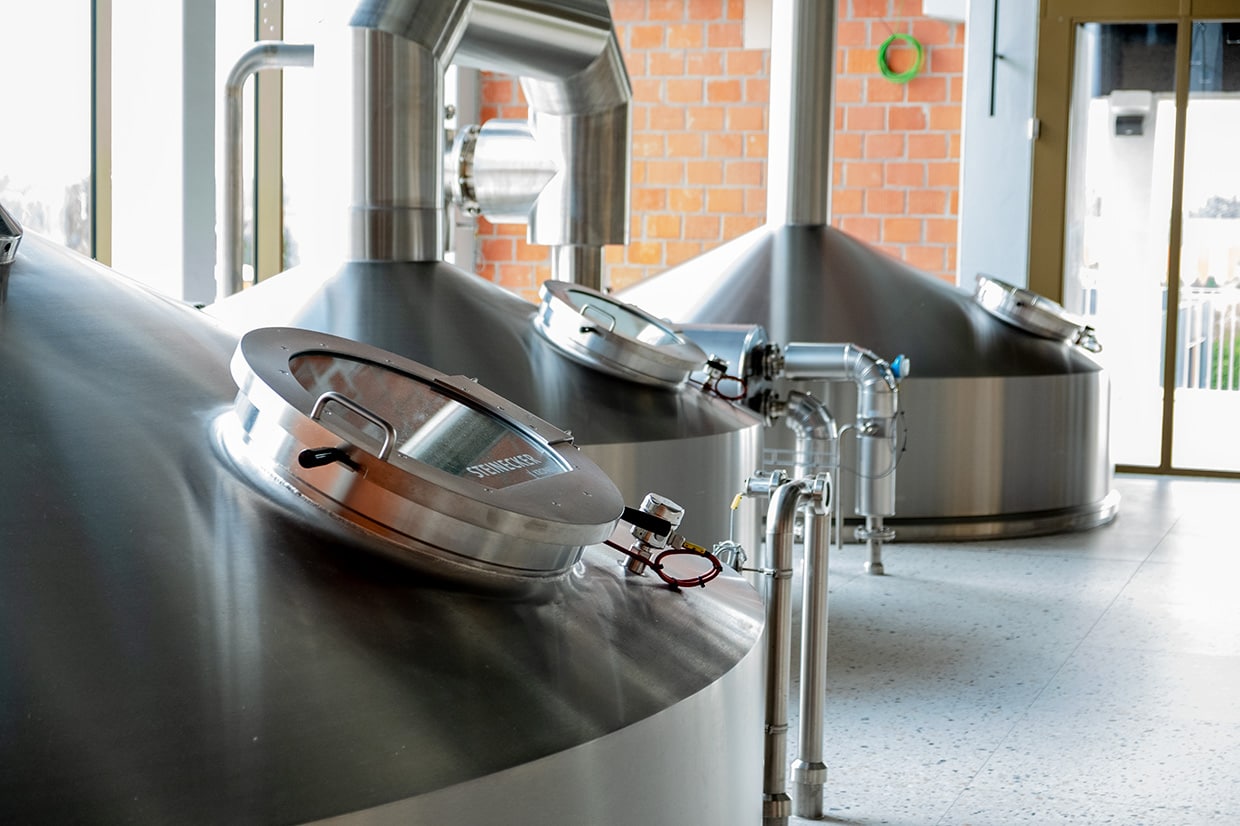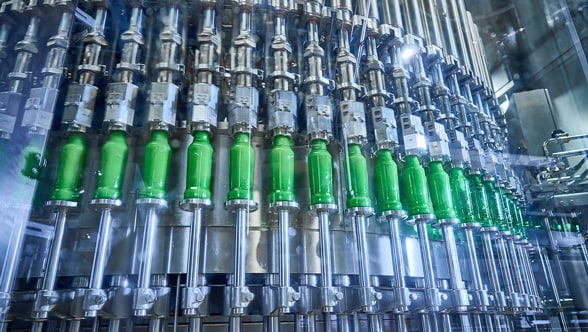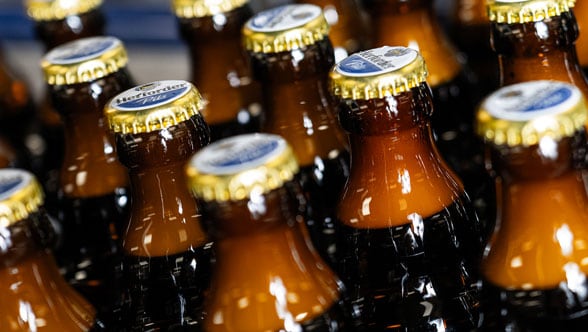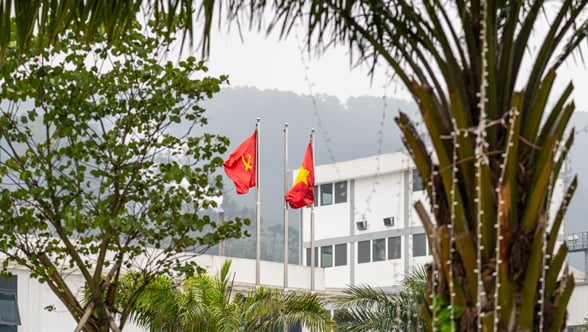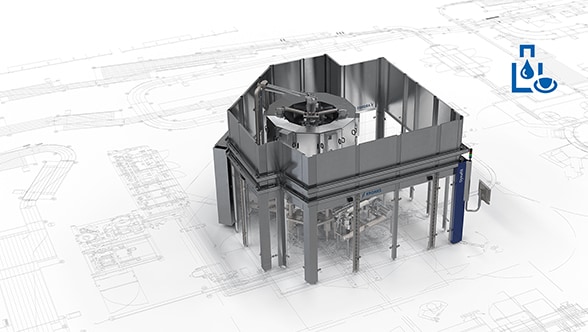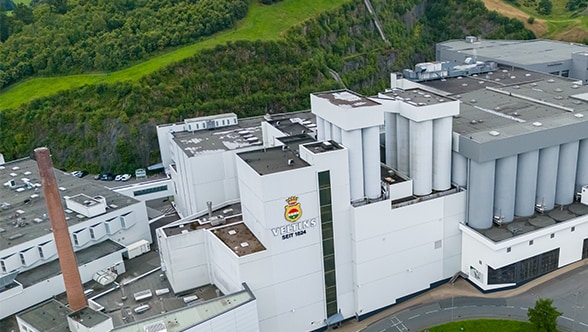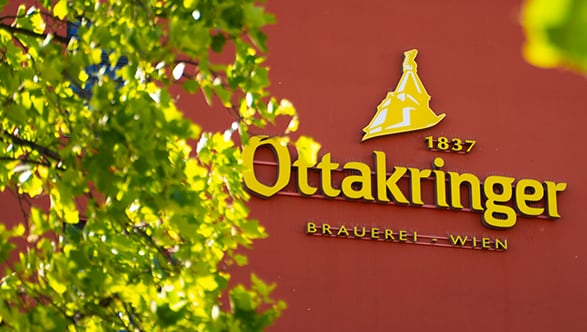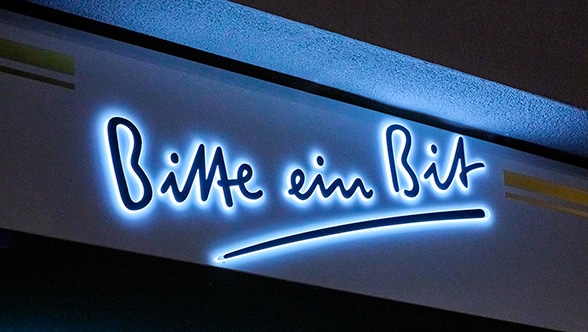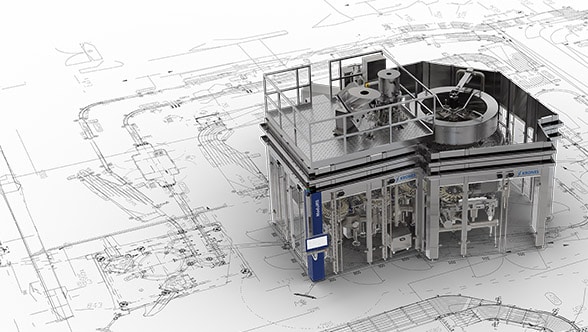Unravelling the mystery of the lambic-maker’s craft
Lambic – a Belgian beer rarity
Though Geert Lindemans does not let us in on the secret of the unique formula used to make lambic, he does give the Krones magazine some insights into the nature of lambic brewing.
In order to start spontaneous fermentation, the hot wort (100 degrees Celsius) is not cooled in the brewhouse but is in the evening passed into an open coolship for cooling it down to approximately 15 degrees Celsius. Since the nights have to be really cold for that, Lindemans brews its beers only from mid-October till early May and in the remaining months of the year just runs its filling operation. Next morning, the cold wort is then pitched for fermentation without adding any further ingredients.
Multi-stage fermentation process
Now fermentation proper starts, comprising five different phases and at Lindemans lasting at least one year. The next fermentation stage will only be initiated when the pH-value and sugar and alcohol contents measured show that the wort is ready for it. No cultured yeasts are used for lambic fermentation, only wild yeasts and other micro-organisms from the surrounding air, with large fans helping to encourage their absorption. To quote Geert Lindemans: “This has always been an agricultural area, and that is why the brettanomyces strain has survived so well in the region’s air.”
However, this process does not offer the brewer many options to intervene. If fermentation with brettanomyces bruxellensis takes its time and there is a risk of taste impairment, all the brewers can do is blend the batch concerned with the content of another tank where spontaneous fermentation is already in full swing. Since lambic is fermented in a pressureless process, this beer type does not contain any carbon dioxide to speak of.


